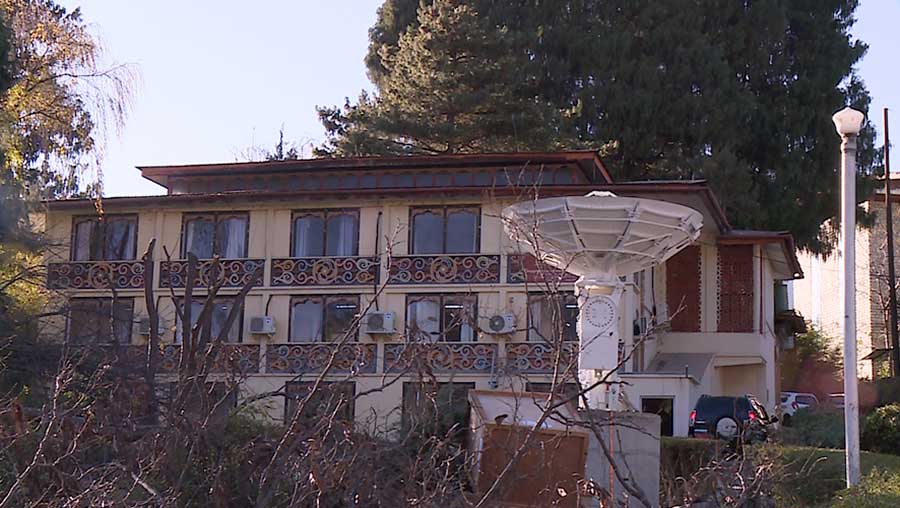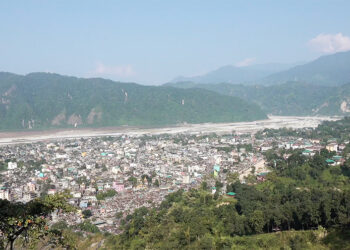
In keeping with His Majesty’s vision for a smart and innovative nation, the satellite engineers in the country have developed a ground station to collect satellite data from the second satellite. They started developing the station when they were building the satellite. From the first one-kilogram cube-sat to the recent 17.8-kilogram INDIA-BHUTAN SAT, satellite engineers said space technology has a promising future.
The Space Division at the Department of Information Technology and Telecom (DITT) along with the Indian Space Research Organisation has developed the third ground station at the Ministry of Information and Communications’ premise which will communicate with and collect data from the INDIA-BHUTAN SAT.
This time, 11 engineers developed the ground station. In the past, a team of four members developed the ground station for the BHUTAN-1 cube-sat. And the ground station for the South Asia Satellite was gifted by the Indian Government.
“Ground stations, in common terms are kind of like the ears that a human has to listen to information and collect data. For us, we have a different ground station, almost three of them here now in Bhutan,” said Yeshey Choden, a Satellite Engineer with the Division of Telecom and Space of DITT.
“As part of the INDIA-BHUTAN SAT, the joint satellite project, we are in the process of establishing an S-Band Receiver ground station. The work started somewhere in April earlier this year and we are targeting to complete the work by end of this year,” added Kiran Kumar, the division’s Deputy Executive Engineer.
“For Bhutan, we believe that there are lots of opportunities. With imaging, we could take stock of natural resources that we have, available to us in a much more efficient manner than having to send people manually to take stock of such things. We could use it for disaster management, taking stock of areas that are prone to disasters, identifying locations that could be used post-disaster, assessing the damage that has been caused by disaster, and many more things,” said the Director of DITT Jigme Tenzing.
Besides infrastructure development, the division also conducts research related to space technology.
“We carry out projects related to space and satellite technology. We also carry out research on emerging trends in this field and together with it, we are also responsible for providing appropriate recommendations on the policy directives that the country should take up,” said Kiran Kumar.
Bhutan made its first entry into Space with the launch of the BHUTAN-1 cube-sat, an educational satellite weighing about a kilogram more than four years ago. And the second satellite was successfully launched last month.
Kesang Wangmo
Edited by Tshering Zam








